- Joined
- Aug 6, 2015
- Messages
- 3,908
Bought this locally... 4" wide jaws.
I could not find a brand/maker on any of the parts... Missing a wedge and the spring. Cost was US$75.00.
Photos from when I got it home...
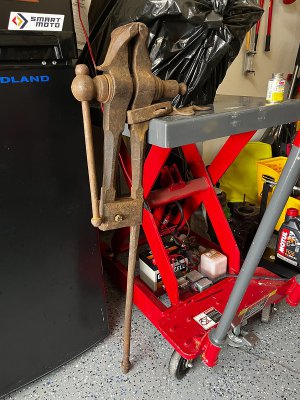
Here you can see where the missing wedge goes...
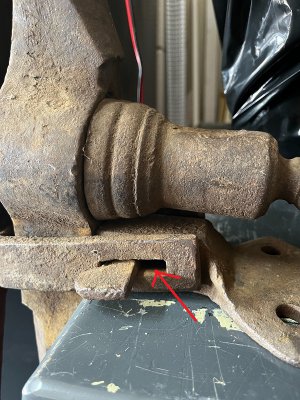
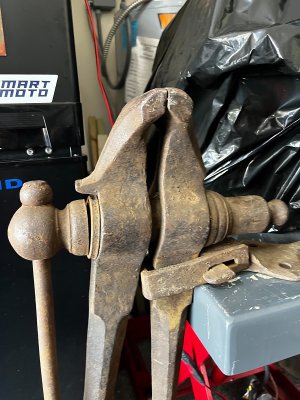
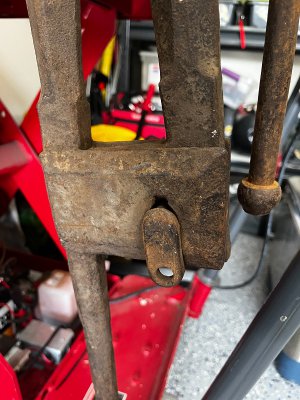
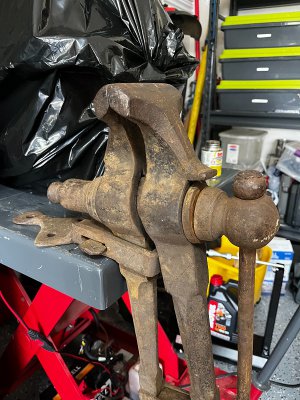
The plan is to make the wedge and spring, clean it, paint it and bring it back to life... Oh, and would like to eventually make a stand for it. Something like this:
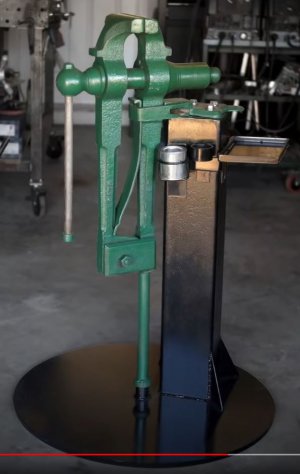
Can't do much until next week, but started to take it apart at least... oh, and also ordered some material to make the wedge and spring...
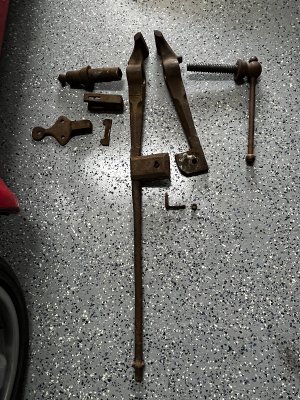
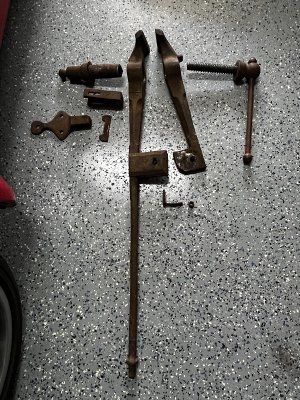
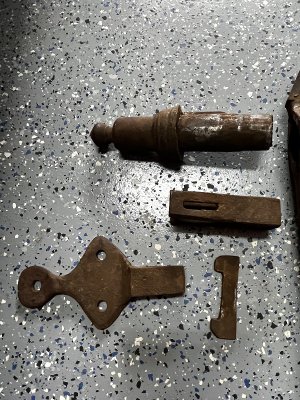
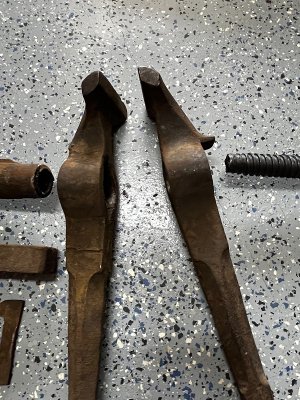
The first few threads on the beginning of the screw are gone, I hope that is not a big issue... the rest looks great... I need to check where exactly the thread grabs... I did not take it all out when I went to pick it up. I saw the initial threads that were fine and figured the whole thread rod was fine... oh well...
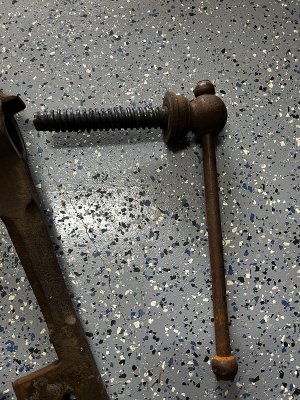
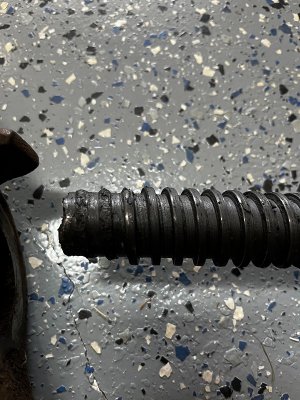
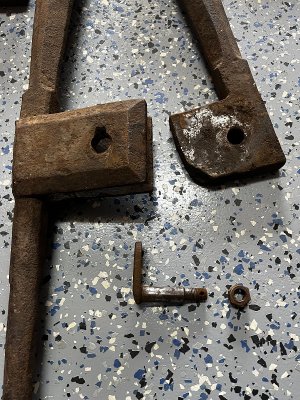
Might want to clean and make some soft jaws for it??
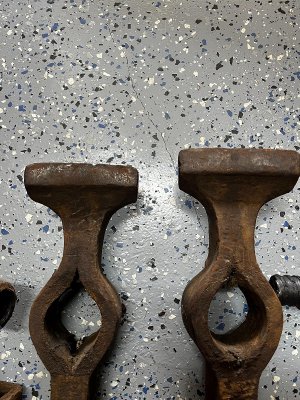
That is all for now. I do need help on how I am going to get the 5160 flat stock that I ordered, bent to the shape needed... Needs to look like this one...
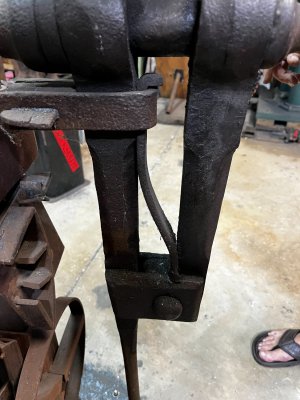
I could not find a brand/maker on any of the parts... Missing a wedge and the spring. Cost was US$75.00.
Photos from when I got it home...

Here you can see where the missing wedge goes...




The plan is to make the wedge and spring, clean it, paint it and bring it back to life... Oh, and would like to eventually make a stand for it. Something like this:

Can't do much until next week, but started to take it apart at least... oh, and also ordered some material to make the wedge and spring...




The first few threads on the beginning of the screw are gone, I hope that is not a big issue... the rest looks great... I need to check where exactly the thread grabs... I did not take it all out when I went to pick it up. I saw the initial threads that were fine and figured the whole thread rod was fine... oh well...



Might want to clean and make some soft jaws for it??

That is all for now. I do need help on how I am going to get the 5160 flat stock that I ordered, bent to the shape needed... Needs to look like this one...

Last edited:

